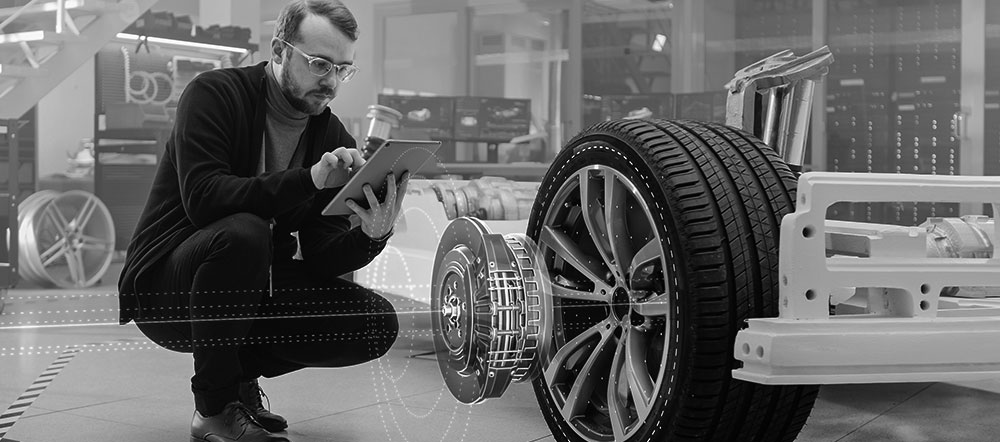1. Introduction
Being able to assess the market readiness of a product under development is essential for making the progress of a development project transparent.
This contribution explains how the market readiness can be assessed by looking at the technical requirements and the available verification evidence. In this way, the remaining effort until full market readiness is achieved can also be estimated.
2. Determining reached maturity and remaining effort
1. Prerequisites
The market readiness of a product will only be assessible with sufficient accuracy if:
- all product safety analyses are completed,
- all requirements for the product and its elements – including requirements for production, operation, service and decommissioning – are formulated, and
- a clear integration and test strategy is available.
2. Linking requirements and test reports
A bidirectional link between requirements and test reports makes it possible to understand:
- which requirements have been successfully tested and are, therefore, have been correctly implemented and
- the implementation of which requirements is still open or in progress.
3. Visualize remaining effort
Burndown charts offer an effective method of visualizing progress. They show the proportion of requirements that have been successfully implemented and tested in relation to all requirements. The amount of work that has already been done can be used to estimate the amount of work that is still required.
3. Summary
The transparent assessment of market readiness is made possible on the basis of:
- completed product safety analyses,
- the complete set of technical requirements and associated test specifications,
- burndown charts visualizing the implemented requirements and the associated expenditure in relation to the requirements yet to be done.
This method allows projects to be managed effectively and market readiness to be demonstrated in a comprehensible manner at any time.



